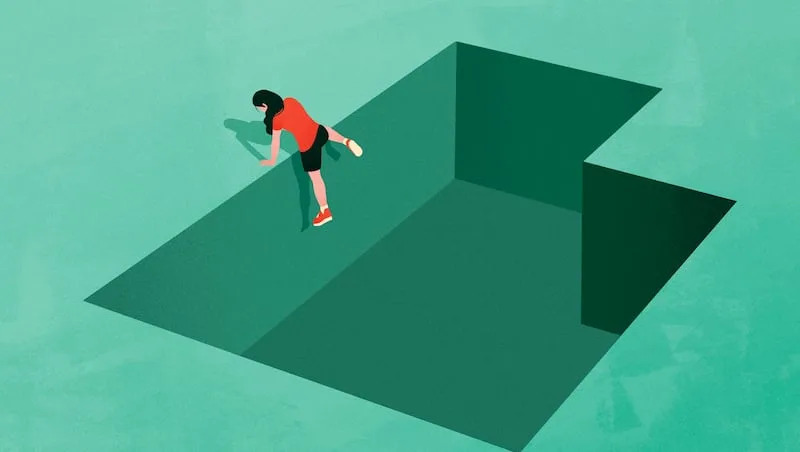
The following is the second article in a three-part Deseret News series on sexual violence in Utah. It follows the first article, “It’s time to stop relying on FBI data alone to compare sexual violence rates between U.S. states.”
Even a single instance of abuse is too many.
University of Utah professor Julie Valentine, a forensic nurse who created one of the world’s best sexual assault archival databases, describes how sexual assault often “shatters people’s worldviews,” echoing Israeli researchers who define rape as “an act that denies an individual’s humanity.”
This is why, on a question as important as sexual violence against children and adults, it’s important to learn as much as we can from as many sources as we can. “You can’t make changes unless you can know and understand what’s going on,” said Leslie Miles, a researcher on sexual violence and professor at BYU’s College of Nursing.
When important data sources are missed, we may inadvertently reach inaccurate conclusions. For instance, over the past decade, claims have circulated suggesting there is an especially high risk of sexual violence for adolescent girls and adult women living in Utah compared with the rest of the country.
Many familiar with other data about the state have found this conclusion puzzling. When recently asked about allegations Utah was worse than other locations in terms of sexual violence, Professor Justin Dyer, who researches Utah youth, said, “such a claim seems out of step with what we already know in this area.”
Taking into account all the data
Like other important questions about Utah, so much depends on which information and data is being seriously considered (and which is not). Kathleen C. Basile, associate director for Science in the Division of Violence Prevention in the Center for Injury Prevention and Control at the CDC, told the Deseret News, said “I think readers and those who are interested in this kind of (sexual violence) data should look at all the sources.”
Her colleague, Sharon G. Smith, also a behavioral scientist in the Division of Violence Prevention at the CDC, likewise said that “using all of these data together helps give you a better picture of what the problem actually looks like.”
Utah researchers agree. Valentine said, “You have to always look at all of the studies,” and ask yourself, “where are they gathering this information?”
We have found three meaningful data sources that have frequently been overlooked in public discussions about sexual violence rates in Utah.
1. From crime figures to anonymous self-report
In the FBI’s Crime Data Explorer, Utah in 2023 had 54.4 rapes reported to police per 100,000 inhabitants. Since there are only five states higher, numbers like this have frequently been compared with other states over the last decade.
Yet the FBI itself “strongly discourages” state-by-state comparisons based solely on these kinds of official crime statistics. With so many variable influences on both crime and willingness to report crime, higher and lower official figures cannot be simply taken at face value. Instead, we must also ask:
Could lower criminal justice numbers reflect underreporting or gaps in how crimes are revealed, reported, or recorded, rather than a lower actual rate of violence in that area?
Are higher official figures potentially reflecting higher objective levels of violence or indications of a community that, for a variety of reasons, has found different ways to encourage more accountability and disclosure.
For example, after work in 2017 to “create a climate where students will report,” BYU administrators were encouraged to see a rise in the number of students reporting sexual assaults — considering this “a sign that more of them trust changes made by the school and are getting the help they need.”
It’s this uncertainty around official crime figures that highlights the value of taking into account anonymous self-report measures that we’ve found offer a uniquely accurate glimpse into the more painful and sensitive experiences people go through.
“If we want to truly understand the scope of who’s affected by sexual assault, sexual abuse and rape, our most reliable (sources) are going to be the anonymous surveys,” Valentine said. “Because for a host of reasons, rape and sexual assault is the number one crime that is not reported.”
This nationally recognized expert on rape continued, “when you have these anonymous surveys, you know your numbers are going to be vastly different from if you’re looking at FBI Uniform Crime Reports.”
To gather these more anonymous self-report numbers across states, the CDC conducted a National Intimate Partner and Sexual Violence Survey first in 2012, then in 2016/2017. Tragically, over half all women in the United States reported some sexual violence (with over 67 million victims estimated nationally).
Because this survey of 10,000 American adults carefully samples representative people in each state, its comparisons across locations are more valid. In state-by-state comparisons, Utah had the lowest lifetime prevalence of sexual assault for any state, with approximately 37% of Utah women surveyed reporting an experience with sexual assault at some point in their life. This was six points lower than the next lowest state of Texas (43%) and 17 points lower than the national average (54%).
When asked why this figure was so different from other available crime data, CDC researcher Kathleen Basile pointed again to the limitations in reported FBI data. “Most survivors or victims don’t always think of their experiences as crimes,” she explained, “particularly sexual violence and intimate partner violence, where usually the victim and perpetrator know each other well.”
That’s why Basile said “if you frame the questioning and the measurement in a crime context, you will get less reporting and less disclosure.” By contrast, she believes the fact the National Intimate Partner and Sexual Violence survey frames questions as a health survey means “you get more disclosure, more reporting and higher prevalence.”
Basile also said anonymity is another reason “why there’s more disclosure in these types of surveys.”
Yet data obtained in anonymous surveys remains complex. Another self-report survey run by the CDC, the Behavioral Risk Factor Surveillance System, gathers data on sexual-related “adverse childhood experiences” (ACEs). By this metric, 15.5% of Utah adults in the 2020 survey and 14.3% of Utah adults from 2018, 2020 and 2022 surveys combined, recall some kind of experience of sexual abuse in their upbringing (both higher than the 12.6% national average, with states ranging between 8.6 and 18%).
This comparison, however, is complicated by the fact that states reported data anywhere from 2011 to 2020 — limiting the quality of the state-by-state comparisons, since Utah’s own ACEs data “changed significantly” over the years due to “changes in openness to reporting childhood adversity.”
That’s why Utah’s Public Health Indicator Based Information System refers to this dataset with a caution that “comparing data from different years across the country might not be the best approach.”
2. From statewide to community-specific
While generalized, statewide numbers for Utah get frequent attention, more specific analyses can raise new insights. For instance, if membership in The Church of Jesus Christ of Latter-day Saints made someone more vulnerable to sexual assault, we would expect to see elevated rates of sexual violence in more Latter-day Saint heavy areas, all other things being equal.
That’s opposite of what available comparative data across Utah’s population centers suggests.
While FBI data shouldn’t be used as a definitive, stand-alone tool for comparing states, it may still offer useful insights when examining patterns within a single state or region.
In Utah, for instance, the rate of reported rape per 100,000 inhabitants in the more Latter-day Saint-heavy Provo/Utah/Orem metropolitan area is 40.8 per 100,000 people, lower than the Utah average. The Salt Lake City/Murray area is 65.3, the Ogden area is 48.7, and the St. George Metropolitan area is 44.3.
This data suggests that more Latter-day Saint-heavy metropolitan areas have lower rates of sexual violence in Utah.
In a similar way, if there is something about membership in The Church of Jesus Christ of Latter-day Saints that prevents sexual assault, we would expect to see lower rates of sexual assaults at the Church’s universities, compared with other campuses.
That’s precisely what we find when we look at the latest 2023 data gathered by the U.S. Department of Education on sexual assault on American campuses. Brigham Young University-Provo reports .03 rapes per thousand students, while the University of Utah reports 4.96 per thousand students, and Utah Valley University and Utah State report .07 and .11, respectively. Looking outside of Utah, UCLA reports 1.54, while the University of Nevada in Las Vegas is .19.
3. From umbrella statistics to more precise measures
One widely cited finding from the 2021 CDC Youth Risk Behavior Survey is that 21.4% of Utah teenage girls surveyed reported having “experienced sexual violence by anyone” in the past year, which was 3.5 points higher than the 17.9% of teenage girls who report some kind of sexual violence in the U.S. as a whole.
Like the Utah ACEs data, this YRBS data was administered in fall of 2021 when the pandemic effects were lingering. With more high schoolers learning remotely these years, the sample may be skewed toward those physically present, since remote or at-home administrations didn’t occur. The fact that this gap between Utah and the national average reflected in the 2021 survey was sharply reduced after COVID (Utah 17.7,% U.S. 17% in 2023) seems to confirm a potential influence.
A research team led by John J. Santelli at Columbia University has also flagged a higher level of missing data in the 2021 CDC survey — with 29.5% of students with missing data on sexual questions in 2019, compared with 7% in 2011. Due to what they call a “crisis in participation,” Santelli’s team highlight the “possibility of bias” in this survey’s estimates of adolescent behavior and “raise serious concerns about the validity of trends” identified.
They go so far as to state openly that “the 2021 YRBS data should not be used by researchers to estimate changes in sexual experience and other adolescent behaviors in comparison to prior survey years without appropriate age adjustments or explanations.”
Even if the 2021 CDC numbers are accurate, it’s also the case that the concerning statistic in question is uniquely broad, bringing together under one umbrella a wide range of unwanted behaviors: touching, kissing and intercourse.
Clearly, any form of an unwanted romantic or sexual overture is a significant problem. But when this same 2021 analysis tightened the focus to asking specifically about “sexual dating violence” and “forced sexual intercourse,” Utah was in both cases lower than the national average in 2021 (and has been for most of the other years measuring each of these variables).
None of this is to argue that everything is OK in the state. Like elsewhere in the country, Utah continues to grapple with the growing consequences of sexualization online and its real-life impacts.
The University of Utah’s Julie Valentine is leading a case review analysis to understand more about the increase in strangulation taking place during sexual violence (with choking a frequent theme of modern online pornography). And the Utah’s Commission on Criminal & Juvenile Justice’s updated 2024 figures confirm a 97% increase between 2022 and 2024 when it comes to prison admissions for sex offenses in the state.
Better data, more improvement
Utah State professor, Susan Madsen, has spent a decade exploring ways to further elevate women and girls in Utah, culminating in the ambitious “Bolder Way Forward” initiative.
When significant problems have been identified in Utah, real change takes place. For instance, a 2016 analysis by Valentine found only 61.8% of rape kits being submitted by law enforcement to the state crime lab for testing. Legislation was passed the next year ensuring that close to 100% of rape kits move along to testing, according to Valentine.
That kind of swift systemic improvement arose directly from Valentine and her colleagues’ more comprehensive look at available forensic data between 2010 and 2022. Her team is currently facing barriers in creating a similar database for sexually abused children in the state, which she says could “really have a huge impact in the field.”
One nonprofit that monitors reform in this area now calls Utah a “Model of Bipartisan Cooperation on Rape Kit Reform” and reports on their website that “Utah has achieved all six pillars of rape kit reform.”
Better data, more unity
A deeper appreciation of data could invite broader unity in fighting abuse — one that recognizes these statistics are inherently complex, influenced by a wide array of different, interacting vulnerabilities.
Liliana Olvera-Arbon, executive director of Utah Coalition Against Sexual Assault, emphasizes the importance of holding onto the “hope that we can eliminate sexual violence. I do believe that.”
But in order to do that, she added, everyone in the community — not just “one entity” — will need to work together as a more unified “collective.”
“We don’t want to blame,” cautions BYU professor Leslie Miles. When her team finds something law enforcement can improve in a particular county, they work individually with that police department in a productive way.
“The only ones that have any blame are the perpetrators,” she added. Once research highlights a concerning pattern, her focus becomes: “How can we do this better?”
“If we’re not doing something right as a public or as mental health or as medical providers,” she adds, “then just tell us what we’re doing, and then let’s come up with a plan to improve.”

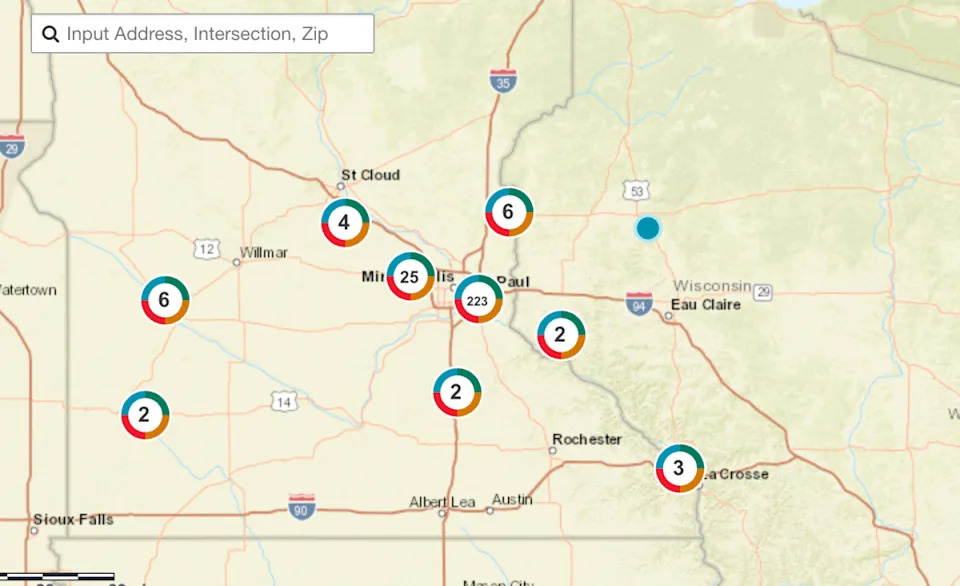
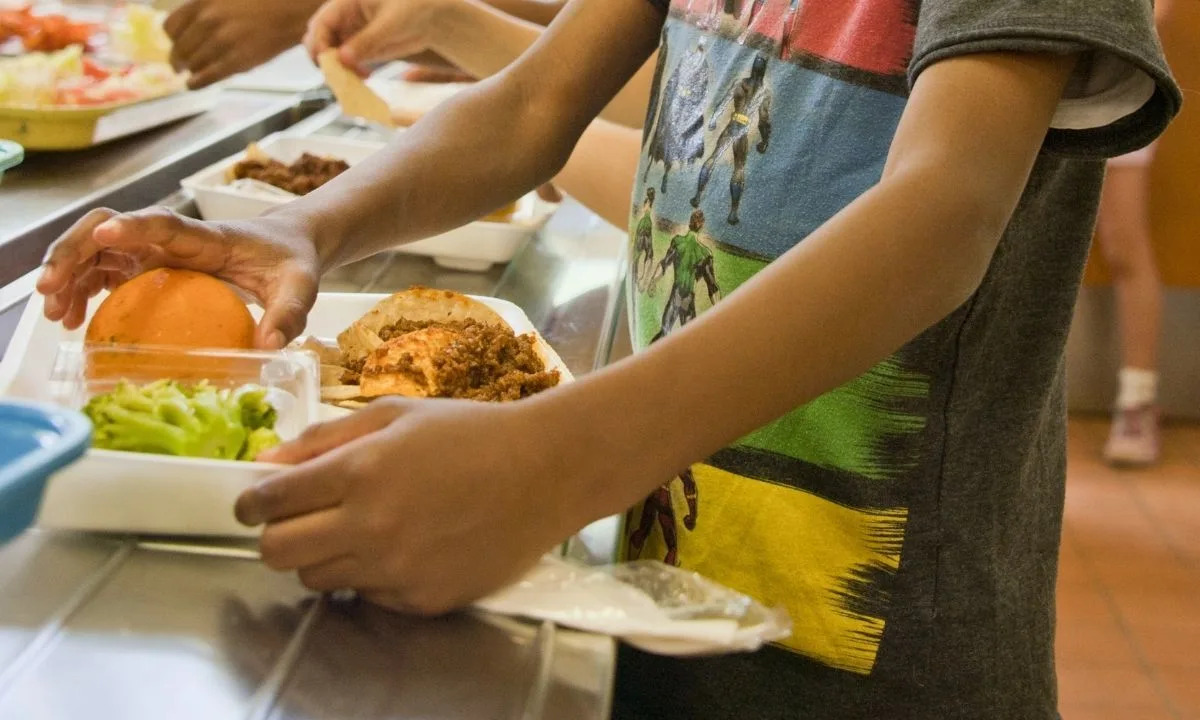


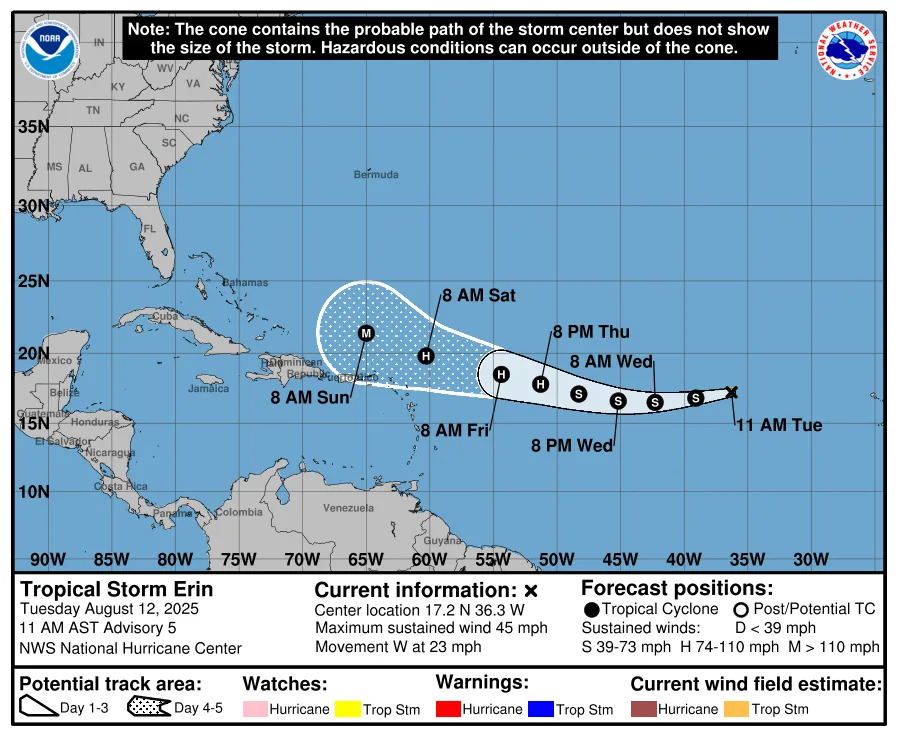
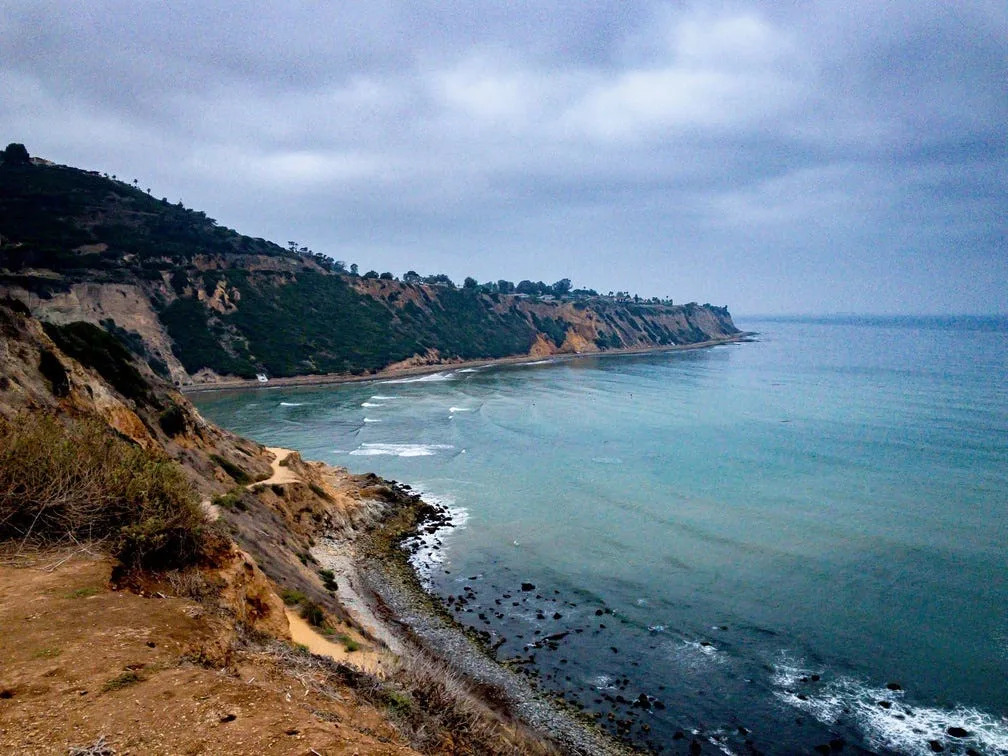
Comments